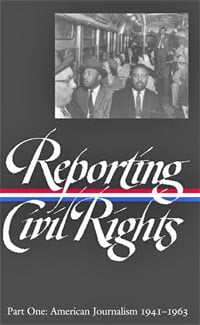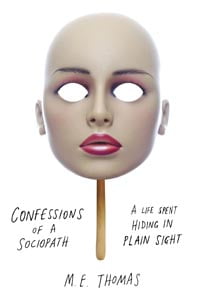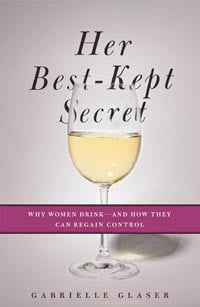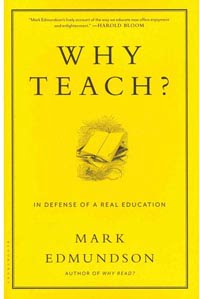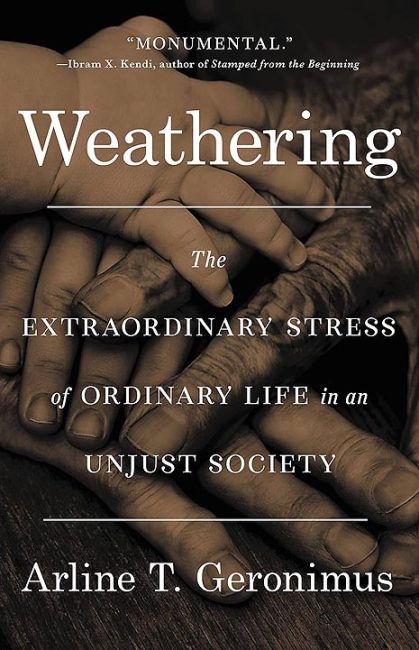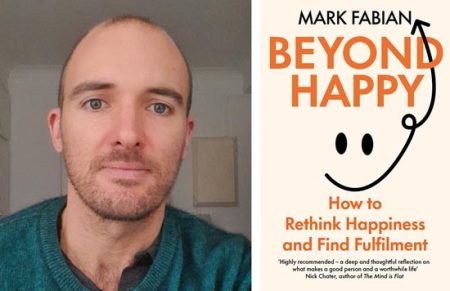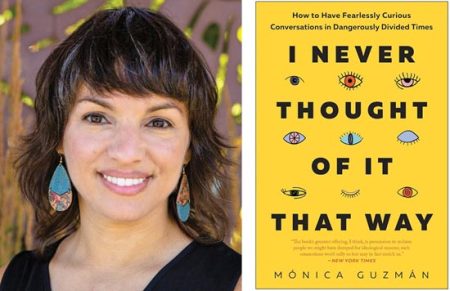Book Bag – September 2013
reviews by Sharon L. Shervington
Vacations are behind us, and the months following Labor Day are by tradition important ones for work and study. This month there are many options in books to implement that mindset in our reading lives as well. The two-volume boxed set Reporting Civil Rights is an in-depth compilation of reportage, essays, and memoirs, chronicling the events between 1941 and 1973. With a huge range of writers from Robert Penn Warren, Bayard Rustin, James Baldwin, and Charlayne Hunter, to Hunter S. Thompson, David Halberstam, Hodding Carter, and Harrison E. Salisbury, and so many others, this definitive collection is never less than engrossing. It should be in every library and school. It depicts the behind-the-scenes momentum that eventually led to the March on Washington. Even for those who are familiar with documentaries like Eyes on the Prize, the endless pool of hatred and contempt held in the South toward “negroes” and the whites who fought beside them, presented here in a virtual kaleidoscope, is astonishing and chilling and feels like a hammer blow. From the book Black Like Me, the following excerpt from 1959 takes place in a Greyhound bus terminal. “She jerked the bill furiously from my hand and stepped away from the window. In a moment she reappeared to hurl my change and the ticket on the counter with such force most of it fell on the floor at my feet. I was truly dumbfounded by this deep fury that possessed her whenever she looked at me. Her performance was so venomous, I felt sorry for her.” John Howard Griffin, the author, was a white man and a journalist traveling through the South passing as a black person. Many of the writers here, such as Harrison Salisbury and David Halberstam, cut their teeth at this time and reached the pinnacle of journalism on what really was the most important story journalistically of the 20th century. With the exception of the women’s movement, no other ongoing story had as profound and permanent a legacy for the culture. This also is a showcase for black journalists who, for much of the period covered here, were absent from America’s mainstream newsrooms, writing instead for a vibrant black press. It was only in the late 1960s in the wake of the Kerner Commission Report and riots around the country that mainstream newspapers very slowly opened their doors to men and women of color. One such journalist is Charlayne Hunter, who writes here about her experience as one of the two students who integrated the University of Georgia. (Reporting Civil Rights; Library of America; $80; 1982 pages) Much of this era took place in what was essentially the toddlerhood of television. While there were indelible images on television of police violence, sit-ins, and boycotts, it’s interesting to consider how things might have been different if activists and organizers had to rely on today’s social-media culture. The benefits and challenges of modern technologies in families are the subject of The Big Disconnect: Protecting Childhood and Family Relationships in the Digital Age. The author, Catherine Steiner-Adair, is an internationally recognized clinical psychologist and an instructor in the Department of Psychiatry at Harvard Medical School. Her specialty is children and families, and she is especially well known for her work on the empowerment of girls. Here she weighs the advantages of having infinite information at our fingertips with what can at times be a decline in face-to-face interactions, closeness, and family time between children and parents. At the most extreme end are things like cyber-bullying and cyber-stalking, but other common practices from sexting to an inability to enjoy activities without devices also are detrimental, wreaking havoc on children and families. Drawing extensively on actual cases from her practice, Steiner-Adair lets us hear the voices of our children who may or may not realize the overwhelming effects on them of a constantly changing yet firmly entrenched media landscape. The fact of children’s exposure to sexually explicit material, much of it pornography, at an early age also has profound effects on children’s development—something that is discussed here at length. But this is not only about the difficulties of our high-tech age, but also what we can do about it. Steiner-Adair offers many insights into what we should be on the lookout for as well as a step-by-step plan that parents, as well as educators and counseling professionals will find invaluable. (The Big Disconnect; Catherine Steiner-Adair; Harper; $26.99; 373 pages) As for information at our fingertips, companies like Google and Amazon provide almost immediate gratification in the search for knowledge. And they have led to greater accessibility in areas that once were taboo, such as mental health and personality disorders. While such disorders have been around for centuries it is just now that significant bodies of work about them are accumulating and becoming available for the average person. Narcissism, for example, has come out of the closet with at least a score of sites devoted to children of parents who are on the Narcissistic Personality Disorder scale. We hear about serial killers all the time, but first person accounts of psychopathy are much more rare. That is one of the attributes that makes Confessions of a Sociopath: A Life Spent Hiding in Plain Sight such an astonishing read. This memoir, by a diagnosed sociopath, gives readers the chance for insight into a personality that is generally impenetrable, especially since sociopaths are expert at hiding their deficits. A Mormon, a successful attorney and professor, the author offers a lucid and upbeat account of her life without guilt or empathy. While most of her actions are not criminal, the fact that she is highly intelligent, yet is perfectly willing to destroy lives raises moral questions about good and evil. She writes: “While others were learning to play kickball, I learned to play people… I used friends for access to their toys or whatever else they could offer me.” And this pattern, begun in childhood in a family where some members were narcissists, permeates the narrative. She says she likes to “indulge in malignity. To terrorize a person’s soul.” This is an important book because these disordered individuals who know right from wrong, and choose the latter, leave many lives in shambles. Whatever her motives, the author deserves kudos for this look inside the mind of a sociopath and for giving us tools to help recognize these heartless individuals. (Confessions of a Sociopath; M.E. Thomas; Crown; $25; 303 pages) There are two other books that show how far we have come in openly examining topics that were once taboo. The first is Her Best-Kept Secret: Why Women Drink—and How They Can Regain Control. Paradoxically, the author has found that women are drinking more not only because they have the freedom and means to do so, but also because of continuously rising stress levels linked to ongoing discord in couples surrounding gender roles. She talks about A.A. and how this 12-step program works less well for women. And yet, her reporting showed that women were still ashamed and embarrassed to be open about their struggles with alcohol, sometimes even with their closest friends and partners. (Gabrielle Glaser; Simon and Schuster; $24; 245 pages) The second title is Double Double: a Dual Memoir of Alcoholism. There are very many memoirs about alcoholism but this one, about a mother and son, both alcoholics, is unique. It is an especially important piece of work because alcoholism is a disease that is passed down in families through generations, and yet it is still rare for families to discuss it openly without outside support. This is a serious book on a syndrome that has destroyed countless lives, yet it is hopeful, not as dark as some others. While both mother and son hit bottom, overall they continue to mostly function at a high level and both ultimately seek the help and support they need. (Martha Grimes and Ken Grimes; Scribner; $25; 213 pages) Also highly recommended is Why Teach? In Defense of a Real Education, a collection of essays that deftly provides a kind of user friendly road map of this brave, new world of higher education as business in the 21st century, compared with the more traditional Ivory Tower approach. The book is quite matter-of-fact about this profound bottom-line orientation in colleges and universities now, a rising tide over the last two decades, and it mixes analysis with humor and anecdote in explaining what makes a great teacher. (Mark Edmundson; Bloomsbury; $24; 223 pages) Finally, The Dog Encyclopedia and Smithsonian Music, the Definitive Visual History, both lavishly illustrated gift books from DK are extraordinary tools to relax and unwind in an ever-more complicated world. The first offering showcases breeds from around the world, covering both the well-known and less common varieties. The second book provides rich details about the world of music, from instruments to musicians and trends over the millennia. (Various editors; DK; $40 and $50 and 357 and 475 pages respectively).

